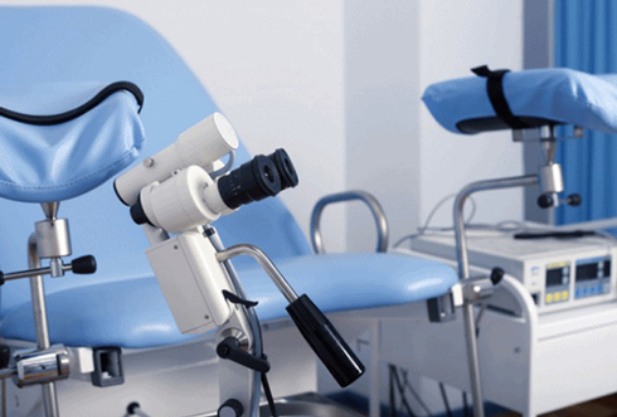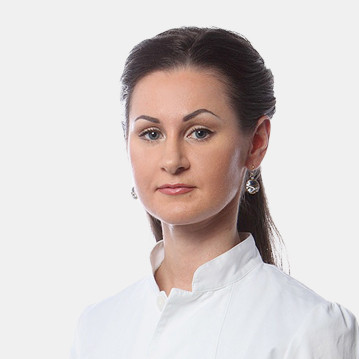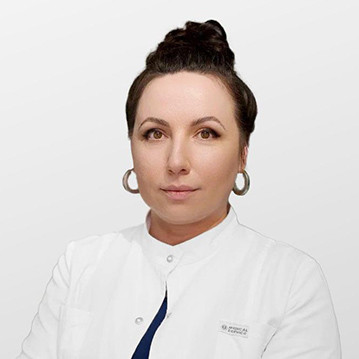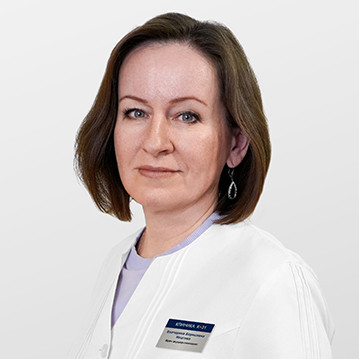Adenomyosis (Endometriosis of the Uterus)
Many women perceive painful menstruation or heavy bleeding as normal, but this may be a sign of adenomyosis. The main danger of this pathology is the risk of infertility, chronic pain and deterioration in the quality of life due to frequent blood loss. Statistics show that women with adenomyosis have a 40% chance of miscarriage. However, there is no need to be afraid: modern medicine offers effective treatment options and disease control. The main thing is to see a doctor in time. Read the article for details on symptoms, diagnosis and treatment.
Many women perceive painful menstruation or heavy bleeding as normal, but this may be a sign of adenomyosis. The main danger of this pathology is the risk of infertility, chronic pain and deterioration in the quality of life due to frequent blood loss. Statistics show that women with adenomyosis have a 40% chance of miscarriage.
However, there is no need to be afraid: modern medicine offers effective treatment options and disease control. The main thing is to see a doctor in time. Read the article for details on symptoms, diagnosis and treatment.

specialists

equipment

treatment
Types of adenomyosis
Adenomyosis is divided into types depending on how exactly the endometrial cells penetrate the muscle layer.
There is also mixed adenomyosis - this is a combination of several forms, such as diffuse and nodular. Symptoms for this type can be different and depend on which form of the disease predominates.

- Diffuse adenomyosis In this form, the endometrium evenly grows into the myometrium, forming many small foci. This is the most common type of the disease, which is accompanied by severe menstrual pain and heavy bleeding
- Focal adenomyosis Endometrioid cells penetrate the muscle layer locally, forming separate affected areas (foci). Symptoms may be less pronounced, but sometimes there are significant cycle irregularities and severe pain
- Nodular adenomyosis The endometrium forms nodes in the myometrium, which are similar to fibroids, but do not have a capsule. The nodes may contain fluid and often cause an increase in the size of the uterus and pain, especially during menstruation
Degrees of adenomyosis

The depth of penetration of endometrial cells into the myometrium determines the severity of adenomyosis (endometriosis):
- First degree. Only the upper layer of the myometrium is affected. Symptoms are often absent or minimal, for example, mild menstrual pain
- Second degree. Endometrial cells penetrate to the middle of the muscular layer. Severe pain appears, bleeding increases, the uterus can increase in size
- Third degree. The lesion covers the entire myometrium to the outer shell (serous layer). Symptoms become more pronounced: constant pain in the pelvic area, anemia due to heavy bleeding
At the most severe (fourth) stage of adenomyosis, endometrial cells grow beyond the uterus, affecting neighboring organs: ovaries, intestines, bladder. This condition causes serious disruption of the pelvic organs. Symptoms include severe pain, organ dysfunction, and other complications.
Treatment of adenomyosis
Hormonal therapy
Surgical treatment
Uterine artery embolization
Symptomatic therapy
Physiotherapy methods
Maintaining overall health
Answers to popular questions
If you have any questions about endometriosis of the uterus, we have prepared answers to those that most often interest our patients.
Can you get pregnant with endometriosis of the uterus?
Is endometriosis hereditary?
Does endometriosis require surgery?

This award is given to clinics with the highest ratings according to user ratings, a large number of requests from this site, and in the absence of critical violations.

This award is given to clinics with the highest ratings according to user ratings. It means that the place is known, loved, and definitely worth visiting.

The ProDoctors portal collected 500 thousand reviews, compiled a rating of doctors based on them and awarded the best. We are proud that our doctors are among those awarded.
Make an appointment at a convenient time on the nearest date
Price
Other services
Hormone therapy
Radio wave gynecology with the Surgitron deviceLaser therapy using the Photona device
Sling operations Ectopic pregnancy Delayed menstruation Removal of the uterus (hysterectomy) Thrush (vaginal candidiasis) Prolapse of the uterus and vagina Uterine polyp (endometrial polyp) Cervical dysplasia Adenomyosis Treatment of sexual infections Vaginitis (Colpitis) Erythroplakia of the cervix Endometritis Bacterial vaginosis Symphysitis (symphysiopathy) Erosion and ectopia of the cervix Vulvovaginitis Premenopause Uterine artery embolization for uterine fibroids Cervicitis Gynecologist consultation Dysmenorrhea (painful periods) Amenorrhea Removal of the ovaries (oophorectomy) Postmenopausal Sphinctermetry Treatment and intimate rejuvenation with the Fotona laser Vulvitis Vaginal surgeries Inflammation of the appendages (adnexitis, salpingo-oophoritis) Labiaplasty (labiaplasty) Bartholinitis Surgery to remove an ovarian cyst Prolapse (prolapse) of the uterus and vagina Hormone replacement therapy (HRT) First menstruation 7 days after embryo transfer Biochemical pregnancy IVF protein diet Day 5 after embryo transfer Follicles Bicornuate uterus and pregnancy Day 9 after embryo transfer 1 day after embryo transfer Age and Fertility 10 days after embryo transfer














































What is adenomyosis (endometriosis of the uterus)?
Adenomyosis is a disease in which endometrial cells (the inner layer of the uterus) penetrate the muscular layer (myometrium). As a result, the uterus increases in size, chronic inflammation begins in the tissues, which leads to pain and other unpleasant symptoms. Adenomyosis is considered one of the forms of endometriosis, but the lesion is limited only to the body of the uterus.
The disease develops when the barrier between the layers of the uterus is damaged. Endometrial cells end up in the muscular layer, continue to react to hormonal changes, causing bleeding and inflammatory reactions.
Adenomyosis is most often diagnosed in women of reproductive age, usually after 30 years. Its main manifestations are painful and heavy menstruation, intermenstrual bleeding and difficulties with conception. However, the disease often remains undiagnosed, since the symptoms can be similar to other gynecological disorders.